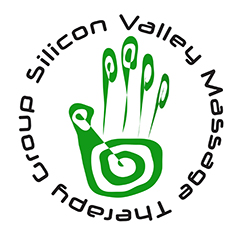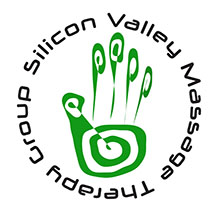Carpal Tunnel Syndrome (CTS) is a “common peripheral entrapment that causes neuralgia in the median nerve distribution of the hand.” Wait, what?
Translated from “medi-speak”. The carpal tunnel is an archway of bones in your wrists. When your palm is face-up, the bony arch is upside down. Across the open end of the arch, a thick band of connective tissue (flexor retinaculum) crosses to close off the arch and forms a “tunnel”. This tunnel is the way for tendons in your forearm to control muscles in your hand. There’s also a median nerve that supplies nerve function to some of the muscles at the base of your thumb and first two fingers. Continue reading “Carpal Tunnel Syndrome 3x More Common in Women”


